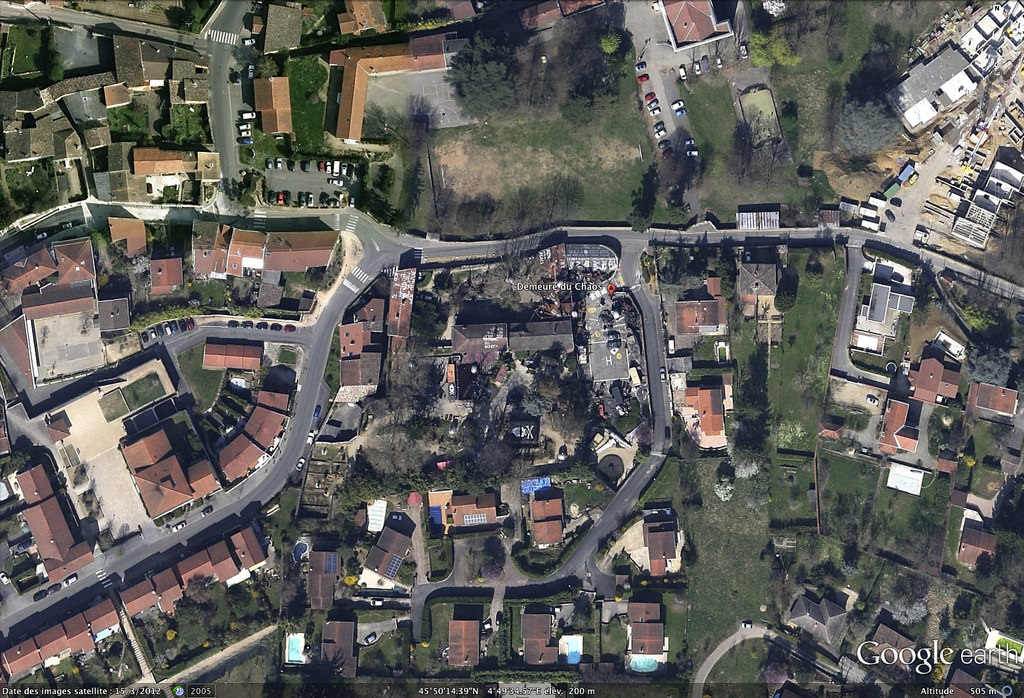
Thinking about planning a trip these days pretty much calls to mind a long research process. You might go to the nearest bookstore to look over some travel guides while you sip on a latte, or you might start a folder of helpful online resources related to your destination. You may even talk to friends who have been there before, or seek out videos and photographs of the destination to get a better feel for what certain areas might be like. Whatever the specific process, the dedicated traveler usually does quite a bit of planning.
But could the process soon involve technology that actually allows you to feel as if you’re already on the ground in a new destination? We certainly seem to be trending that way, even if you wouldn’t know it from the more traditional virtual reality experiences that make the headlines.
Typically, virtual reality games are able to take you fully out of your real environment and make you feel as if you’re in a new one. And sometimes, that involves at least a form of simulated travel. A recent write-up of the 25 best VR games available showed off experiences that involved simulations of real world locations. For instance, Eagle Flight allows you to “fly” over some of the planet’s most recognizable cities and landmarks as they’ve been artistically rendered; Arizona Sunshine accurately depicts settings traditional of the American Southwest; and Assetto Corsa takes you through racecourses designed to resemble real ones from around the world.
There are fewer examples of virtual reality games bringing about an actual glimpse of a real world location, rather than an imitation or animation. One example does come to mind however, more or less on the fringes of the VR industry. On the internet, platforms devoted to casino gaming have designed live dealer games that use video streams that originate from within physical casinos to provide players with a sense that they’re actually visiting those establishments. It’s not as immersive as true VR, but it’s perhaps the lone example in entertainment of real locations, on film, being used for the purposes of “transporting” gamers.
There is no reason that similar methods can’t be used in VR apps that have nothing to do with entertainment. And though the idea hasn’t generated too much publicity just yet, it’s actually already happening. Right now you can find several virtual reality travel experiences that are meant to help people get a better grasp for destinations and attractions around the world. Destinations allows you to look at realistic virtual interpretations of real places; The Grand Canyon Experience lets you explore (you guessed it) the Grand Canyon in all its realistic, well-rendered glory. But most significant of all, Google Earth VR actually allows you to explore locations based on real images, rather than models or animated interpretations.
It’s this kind of experience and others like it that have the potential to truly change the nature of travel planning. Once VR devices are a little bit more widespread, it’s not hard to imagine a world in which we can get first hand previews of the places we’re looking into traveling to.